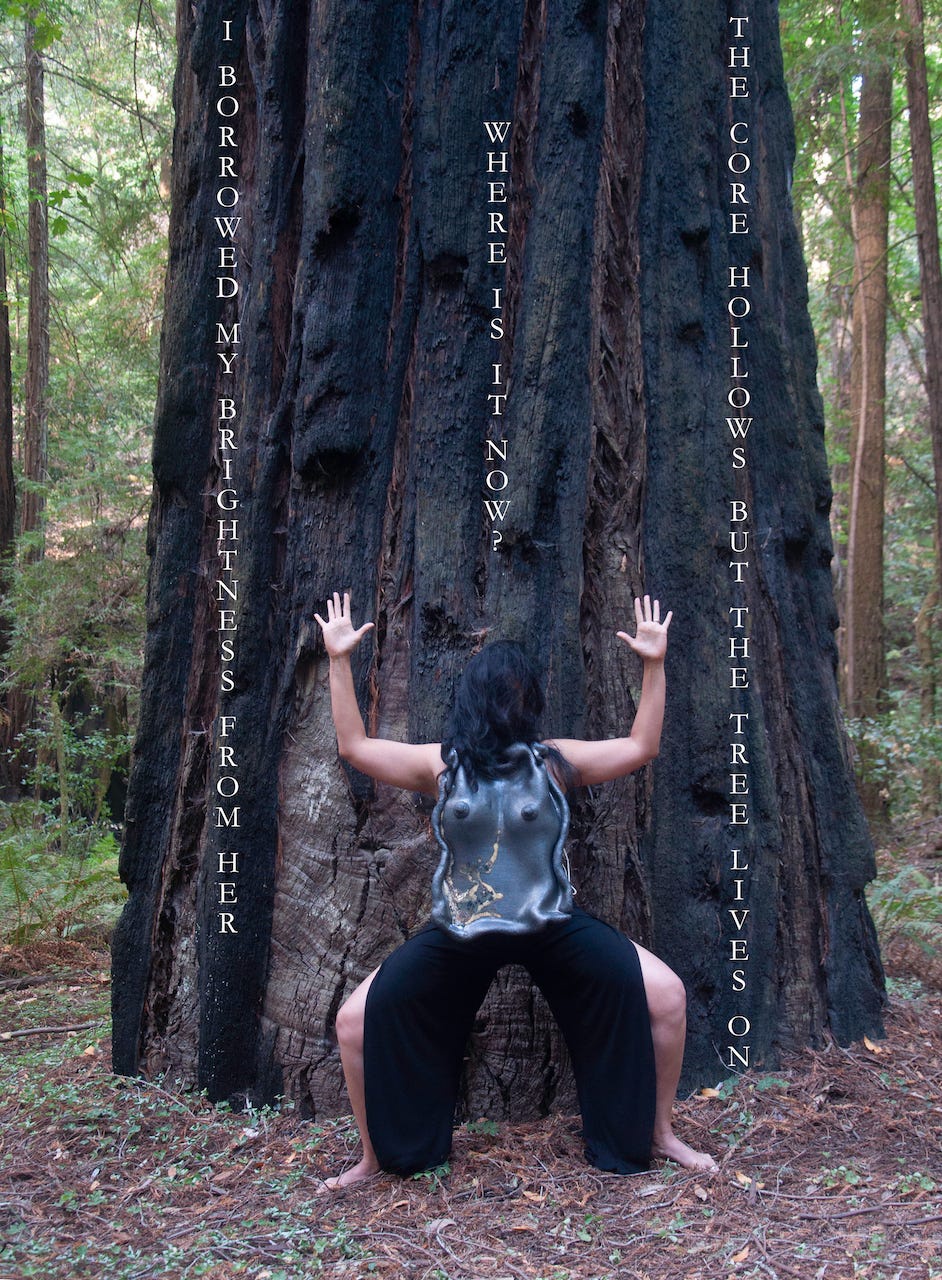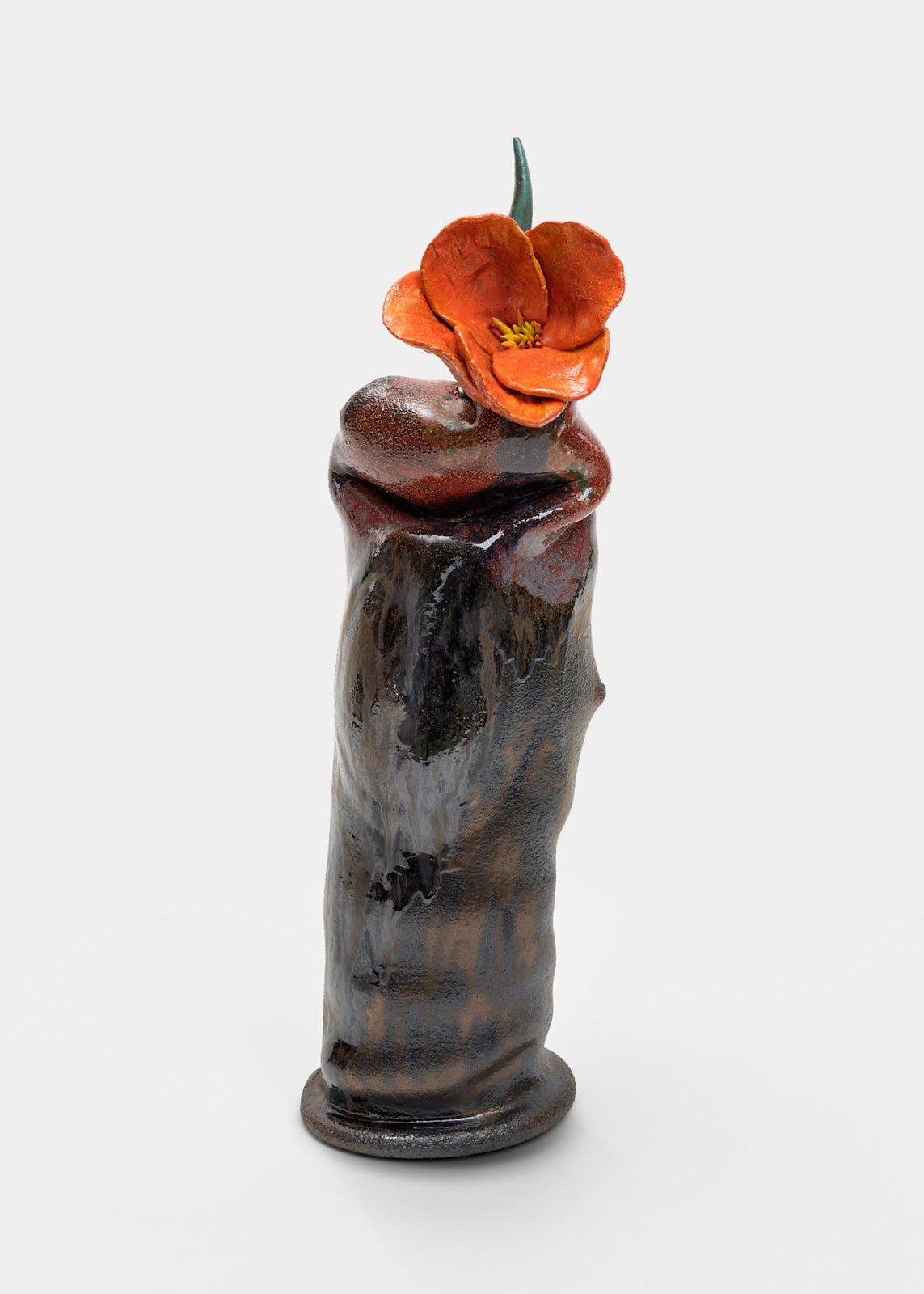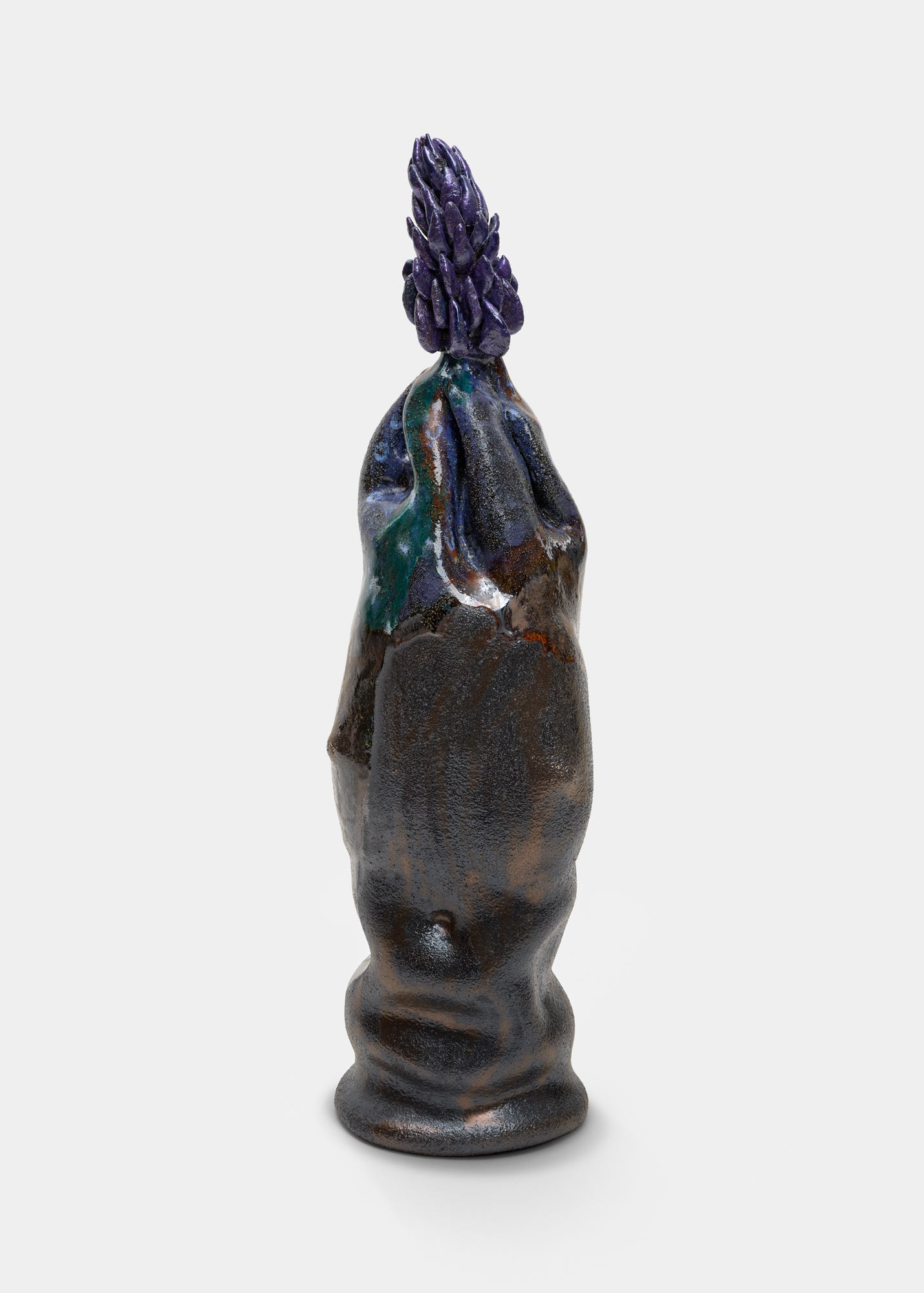This week, I’m delighted to publish an in-depth interview with artist Ashwini Bhat. Her work falls into the nexus of ecology & body, myth & tradition and is rooted in place in California, in a way that harks back to its soil, uncovering layers through traditional and contemporary rituals. As you’ll read there is a constant push and pull between nature as the other and the self as part of a complex whole. The whole of Bhat’s work could be read alongside Timothy Morton’s Ecology without Nature, and this interview is a great starting point. I’m grateful for the time and consideration Bhat put into this interview.
—Renuka Sawhney
What do you create, and what drives you to pursue this creative work?
Coming from a background in classical Indian dance, literature, and translation, I create sculptures, installations, and videos to think through the interconnectedness between body and nature, self and other. I create to find my place in this world, to connect with others, to search for the metaphysical, to better understand myself and my relationship to everything around me.

How do you interpret the relationship between myth-making and identity in your art? Do you see your work as contributing to the formation of new identities or the deconstruction of old ones?
My earliest memories around myth are of my sisters reading mythological stories to me and watching a traditional theater called Yakshagana, growing up in rural southern India. So much of my formative years were spent learning Bharatanatyam, a southern Indian classical dance form that is structured with its own stylized storytelling and myth-making. This training and muscle memory continues into my current studio practice. I find I can simultaneously deconstruct the old self and create new identities through my artistic practice.
Recently I’ve been fascinated by references to Yakshis, the nature spirits in Hindu and Buddhist iconographies. But when I decided to incorporate them in my work, I found the necessity to situate them in the present day— in my California surroundings— where I now find my bearings. Hence my Yakshis morphed into these half-woman half-plant bodies, where the flowering-heads of each Yakshi refers to the plants that grow in our garden in Penngrove, in Northern California. Each is also a kind of self-portrait. I find this kind of freedom in creating new identities through my art hugely liberating.




